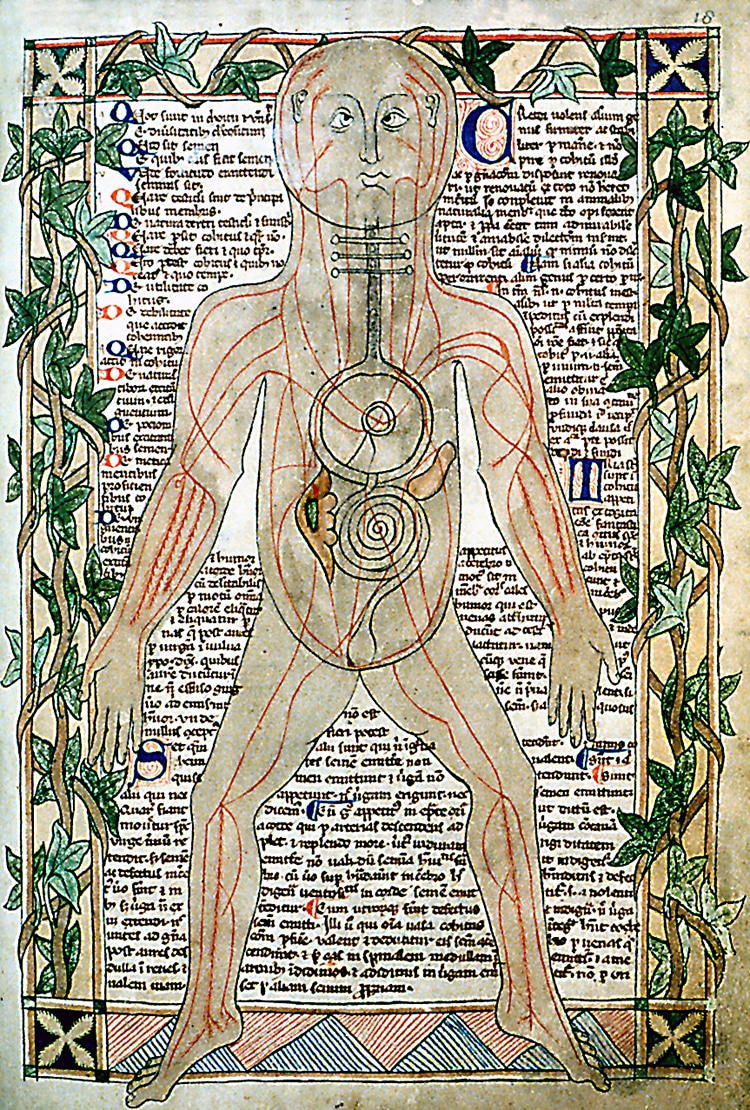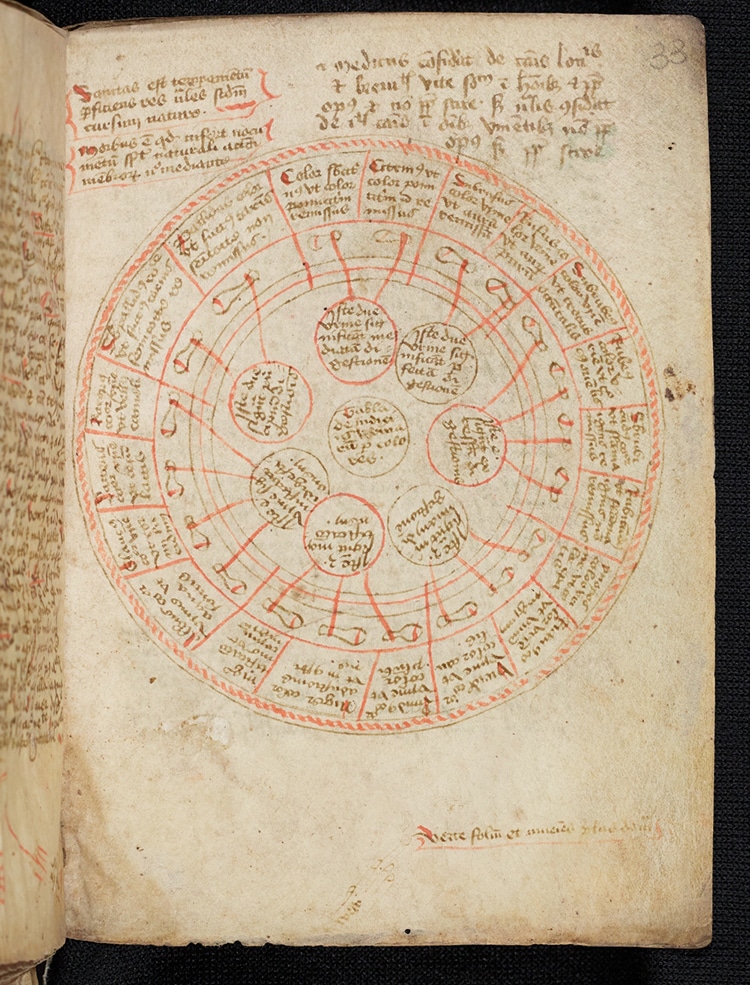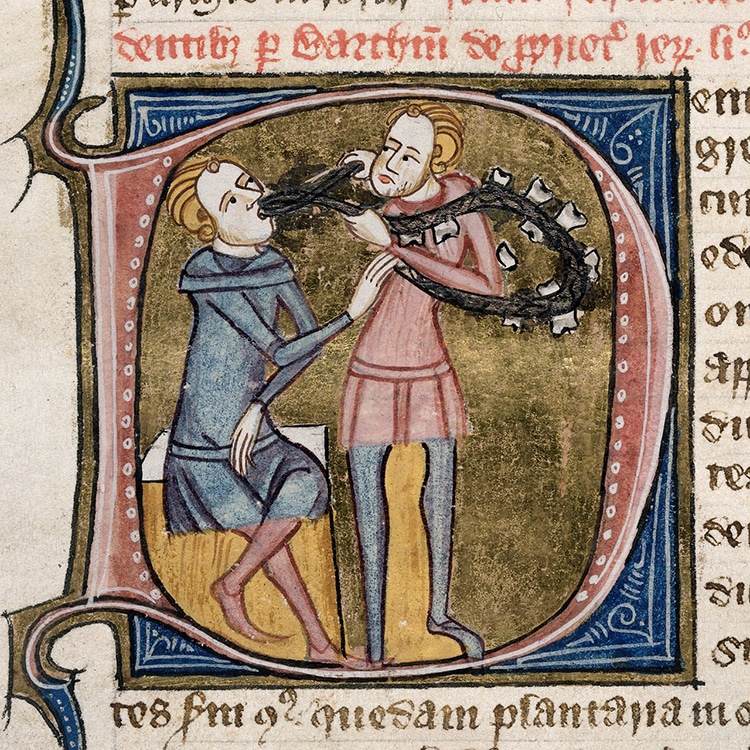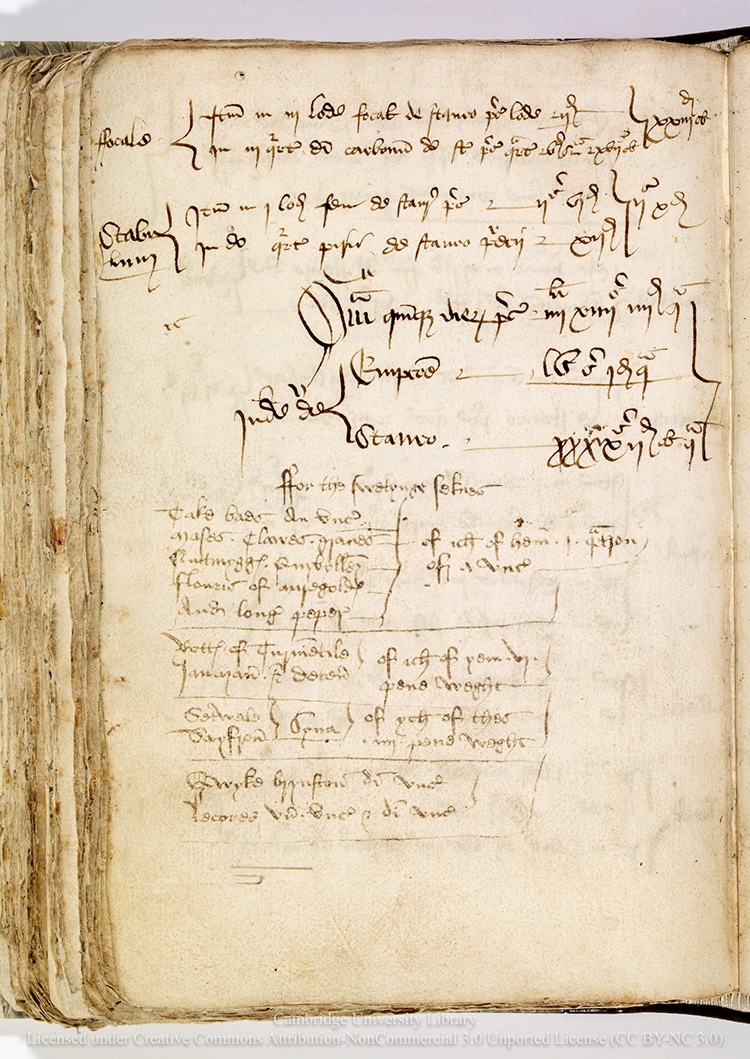A 13th-century diagram of veins.
Unfortunately, without modern developments in childbirth, pharmacology, or surgery, saving patients was certainly harder.
The regular reoccurrence of deadly pandemics such as plague also devastated patients.

A 13th-century diagram of veins. (Photo:Wikimedia Commons, Public Domain)
These medieval doctors received inherited medical knowledge from the ancient Greeks, Romans, and Egyptians.
As physicians began to train at universities, they learned to combine this knowledge with practice and rigorous observation.
A patient’s fluids and appearance could tell them a lot, just like they inform modern medicine.

A 14th-century chart to interpret urine colors. (Photo:Trinity College, Cambridge,CC BY-NC 4.0 DEED)
A 14th-century chart to interpret urine colors.
(Photo:Trinity College, Cambridge,CC BY-NC 4.0 DEED)
A 14th-century dentist extracting teeth.
(Photo:Wikimedia Commons, Public Domain)
A 19th-century facsimile of the 10th-century Bald’s Leechbook.

A 14th-century dentist extracting teeth. (Photo:Wikimedia Commons, Public Domain)

A 19th-century facsimile of the 10th-century Bald’s Leechbook. (Photo:Wikimedia Commons, Public Domain)

A selection pf household remedies combined into a book in the 15th century. (Photo:Cambridge University Library/Scriptorium: Medieval and Early Modern Manuscripts Online,CC BY-NC-ND 4.0 DEED)